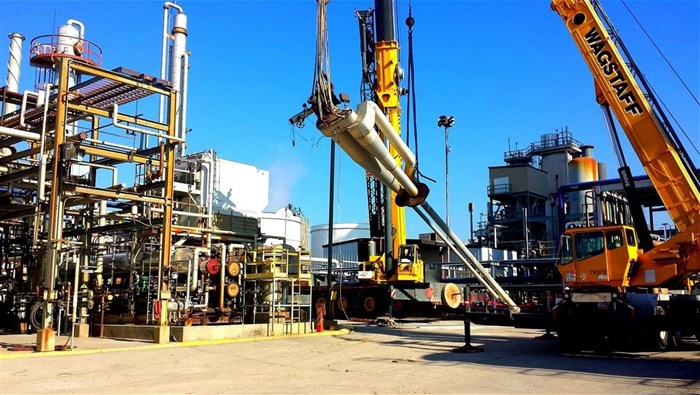Advanced digital technologies present new opportunities for oil and gas companies: to cut costs, unleash new innovation, and prepare them for the growing trend towards renewable energy.
Many resource companies are very large multinationals that are set up and operated in a traditional manner and find it a challenge to evolve and transform to new digital thinking.

Vasuki Upadhya is digital lead for oil and gas at Wipro Limited
The sector has generally been characterised by isolated pockets of innovation and the adoption of new technologies – such as high-performance computing, IoT and robotics for instance – in specific areas of their businesses.
The true digital opportunity, however, lies in their ability to redefine their operations at a business portfolio or enterprise-level.
It’s believed that the concept of digital transformation for Oil and Gas companies is essentially composed of four dimensions:
Disruptive user experiences through advanced analytics
Industrial giants need to involve a broad range of stakeholders within the various ecosystems in which they operate: from research and scientific communities to technical/engineering communities, to the operational teams within the organisation and within partner firms, all the way to the distribution channels that carry resources to consumers.
Deep learning and Analytics technologies can create disruptive experiences for these players, stripping out much of the routine work in non-core areas like data cleaning and data loading and allowing them to focus fully on more strategic analysis and modelling for decision making
Rapid speed through a new way of working
With the likes of Agile and DevOps, the gap between business and IT has essentially dissolved, as new business needs are more quickly translated into technology outputs. Today’s leading lights in the Oil and Gas industry demonstrate a very close working relationship between business and technology, to prioritise the most value-adding IT programmes and investments.
Limitless scale through design thinking
New innovations such as blockchain, 3D printing, augmented reality and robotics promise to reshape the way that the Oil and Gas industry operates, but for these new technologies to be scaled out across global operations and across entire value chains, it’s important to take a structured approach.
Here, we adopt ‘design thinking at scale’ to nurture, qualify and test new ideas. Value chains in this sector are highly complex, and its only through a design-led approach that new technologies can be practically woven into the existing landscape with the impact the digital initiatives expected to deliver.
The technology strategy itself
Though it is tempting to explore every new innovation that appears on the horizon, it’s important to be cautious against seeing new technologies in a stand-alone, isolated manner. It’s imperative to see the bigger picture and decide exactly what ‘market standard’ enterprise cloud services you can cost-effectively integrate as you transform your environment, and where you may need to use tailored, industry-specific solutions.
Just how are today’s leading oil and gas players applying the four dimensions to their operations?
Market leaders are championing digital transformation as the highest priority from the CEO, which cascades downwards and informs the way work is done, across the enterprise. With top-level support, any constraints on the ground are quickly removed.
They are also focusing on their data: considering the optimal ways to store and extract value from multiple sources of operational data, machine-generated data, and other performance metrics. Through Big Data, Oil and Gas players can develop increased agility in their decision-making and breathe new inspiration into their business strategies.
Next-generation analytics platforms, such as Wipro HOLMESTM, are starting to play an invaluable role for forward-looking players looking to make best use of their data assets.



















































